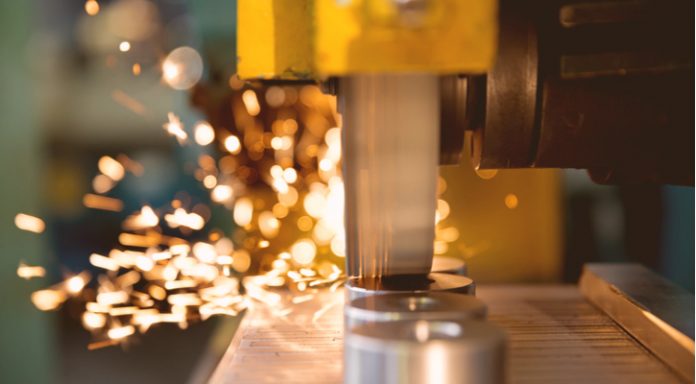- Pound (GBP) rises after losses yesterday
- The manufacturing PMI rose over 50.00
- Euro (EUR) manufacturing PMI falls to a 3-month low
- German inflation data is due
The Pound Euro (GBP/EUR) exchange rate is rising on Tuesday after losses yesterday. The pair fell just -0.24% in the previous session, settling on Monday at €1.1680 and trading in a range between €1.1675 and €1.1714. At 10:00 UTC, GBP/EUR trades +0.17% at €1.1699.
The pound is rising after UK manufacturing activity returned to growth in March and as the BRC noted falling shop price inflation.
The UK manufacturing sector showed signs of recovery last month as output and new orders rose following year-long downturns. The S&P Global UK manufacturing PMI rose to a 20-month high of 50.3 in March, up from 47.9 in February and above the add area estimate of 49.9. This was the first time that the PMI had risen above the 50 level, which separates expansion from contraction, since July 2022.
The data add to the evidence that the recession at the end of 2023 will likely be short-lived, with growth expected to return in Q1 of this year.
Meanwhile, data from the British Retail Consortium shows that price inflation slowed to just 1.3% in March, down from 2.5% in February. This marked the slowest pace of shop inflation since late 2021, lifting hopes that the UK’s struggle against high inflation could be coming to an end.
The Bank of England expects UK headline inflation to fall below its 2% target in the April to June quarter, thanks to further drops in energy prices.
Investors are pricing in a roughly 50/50 probability of the Bank of England cutting interest rates in June for the first time since the pandemic with the first rate cut fully priced in in August.
The euro is trading under pressure. The eurozone manufacturing PMI fell in March, dropping to a three-month low.
The eurozone manufacturing PMI dipped to 46.1 in March, down from 46.5 in February, but was ahead of the preliminary estimates of 45.7. The gauge remained below the 50 level, which separates expansion from contraction for the 21st month.
Meanwhile, the German manufacturing sector continued to slump, falling to 41.9 in March, down from 42.5 A5 month low.
Attention will now turn to German inflation figures, which they expected to show cooling inflation further to 2.2%, down from 2.5%. Softening inflation and weak growth support the view that the ECB will cut interest rates in the June meeting.





